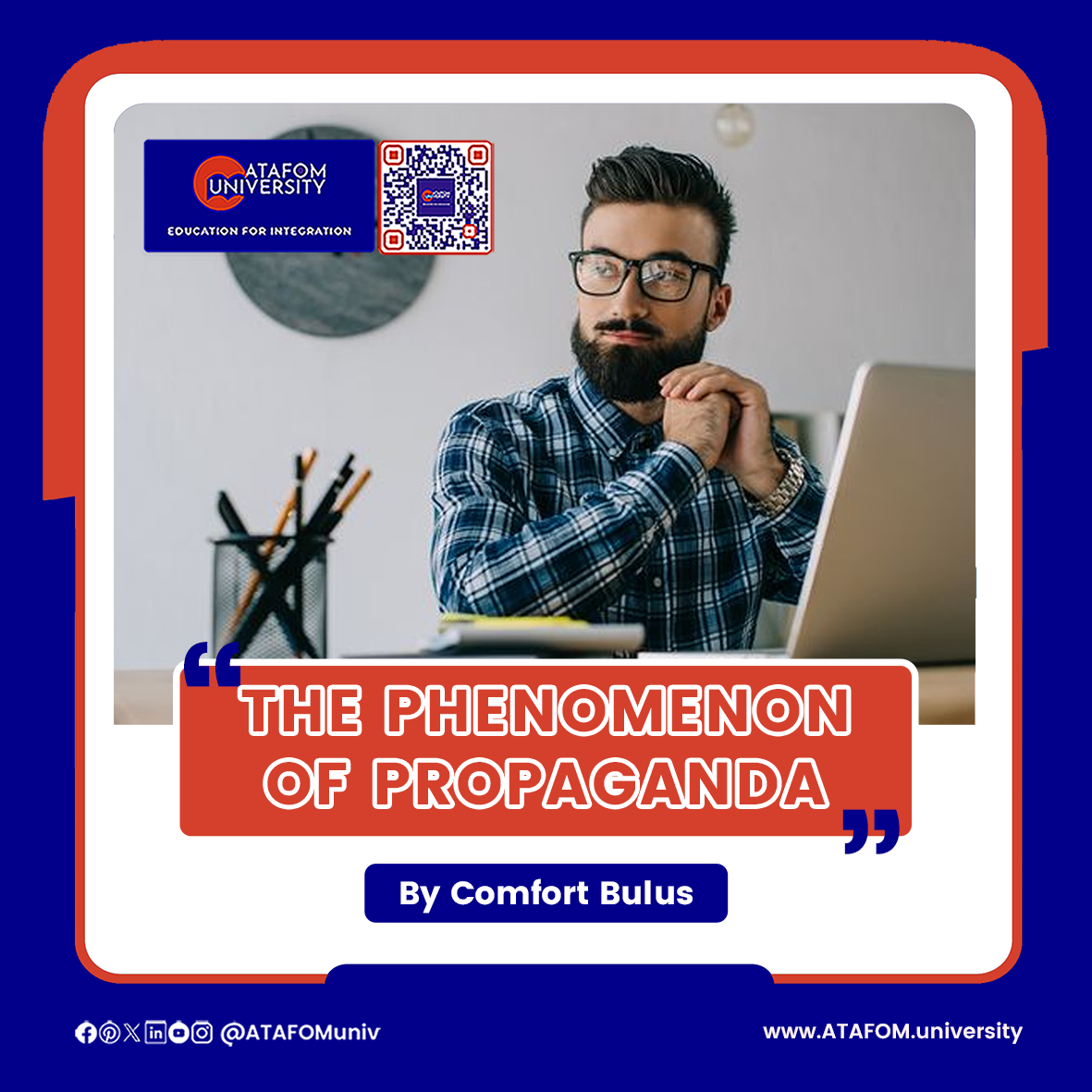Propaganda is a complex phenomenon that extends beyond its message to its construction. As a tool that adapts to changing communication landscapes, it permeates our digital spaces and subtly influences our thoughts and actions. What makes propaganda so effective, then? How does it infiltrate our minds, and why do we often fall prey to it? These are critical questions that require an examination of both past and present examples.
Propaganda has a long and storied history, stretching back to ancient civilizations where it played a pivotal role in legitimizing the reign of monarchs, promoting religious beliefs, and celebrating military triumphs. One notable example is propaganda in ancient Egypt, where art forms and hieroglyphs were employed to portray pharaohs as divine beings and invincible warriors.
“Propaganda” comes from the Latin “Congregation for the Propagation of the Faith”, created by the Catholic Church in 1622. Printing in the 15th century made propaganda more widespread. It influenced public opinion on religion and politics. Propaganda was a powerful tool during the 20th century and was effectively used as a weapon in both World Wars. The British encouraged conscription, vilified the enemy, and promoted war bonds with propaganda posters in World War I. In World War II, Nazi Germany’s Minister of Propaganda, Joseph Goebbels, created a deceptive system to control information, manipulate public opinion, and create fear and hostility towards Jews and other perceived enemies of the Reich. In the years following the war, propaganda became a key weapon in the ideological battle between the East and the West during the Cold War. Both the United States and the Soviet Union utilized all forms of media, from radio broadcasts to films, to propagate their narratives and ideologies.
Throughout history, propaganda has been used to influence beliefs and actions. Nazi Germany perfected it in World War II as a psychological weapon. Both sides recognized its power and used it through mass media to persuade a mass audience. It aims to weaken the enemy, prevent neutrals from crossing, or encourage friends. Political leaders can use it to obscure reality and evade accountability. Propaganda combines persuasion and science to influence beliefs. It often benefits certain groups at the expense of society and uses emotional appeals and a combination of methods.
Television and the internet have revolutionized propaganda. Messages can now reach audiences at home, greatly affecting public opinion and behaviour. Social media has given entities an unparalleled ability to spread information quickly and easily, making it an ideal tool for propaganda.
It is challenging to manage the impact of false information and misleading content on the internet due to its rapid spread. Being proactive in identifying and addressing instances of incorrect information is important to ensure the integrity and accuracy of online information and promote a knowledgeable society.
Propagandists employ various techniques to manipulate public opinion without disclosing their true motives. These methods include:
- Name-calling: A strategy that involves using emotionally charged language to defame a person, group, idea, or event, such as labelling someone a “capitalist,” “fascist,” or “warmonger” to provoke feelings of hostility and rejection.
- Glittering generalities: A technique that employs attractive or evocative words or phrases, such as “defender of Hinduism” or “saviour of the Dalits,” to deceive people.
- Transfer device: This approach presents the propagandist’s cause as part of a larger, more accepted cause, such as democracy or people’s rights, to gain support.
- Testimonial device: A strategy that uses a prominent person’s name to promote an idea or product, such as leveraging a movie actor’s name to sell.
- Plain-folk device: A tactic often used by politicians, which pretends to be the same as the people they are trying to win over by engaging in relatable actions, such as kissing a child in a slum area.
- Card tactics: This technique involves twisting and colouring facts to serve the propagandist’s interests and impress their audience.
- Band-wagon: A method that proclaims that if everyone is doing something, you should too, such as an advertisement stating, “Five million people use a bike, so you should have one today.”
In scientific terms, propaganda cannot be labelled as inherently good or bad. The connotation of propaganda can be negative in certain contexts. The morality of propaganda is contingent upon the intentions of the group promoting it. That being said, it is clear that with propaganda to defend it, a cause deserving of support is likely to continue or become distorted. Therefore, even in a democratic society, engaging in efforts to form opinions and counteract opposing viewpoints is imperative. This involves promoting right and just while simultaneously fighting what is detrimental and incorrect.
If you want to understand the intricacies of propaganda, enrol in ATAFOM University’s Media and Communication program. We will teach you how the media works and how we can improve the world through effective messages.


